Bonis Bona,
Malis Mala
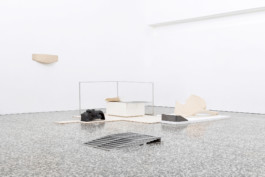
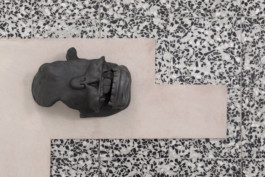

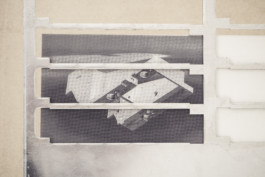
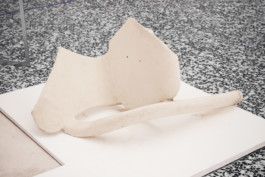

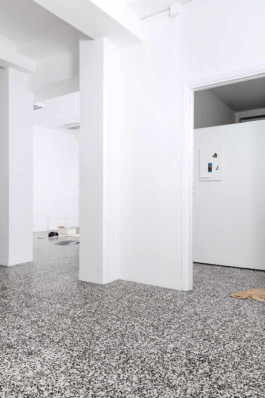
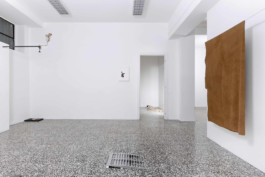
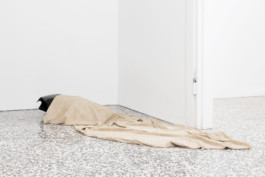
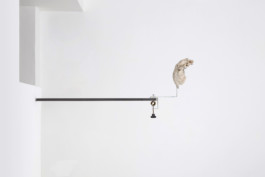
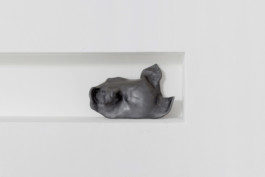
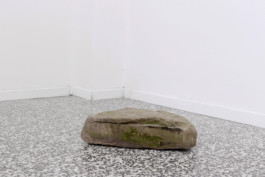

t-space
Milan (IT)
curated by Azzurra Pitruzzella
2018
What makes us humans is our ability to signify, to create meaning, to accumulate it and to shape memory. Meanings are fundamental tools to the individual and collective creation of reality: they produce a common field through which we communicate, think, easily navigate the world and exist.
Historical research has an essential role in the creation of meanings: it selects, elects winners and losers, joints facts creating a post-hoc linear and rational logic. It establishes a fixed and vertical order to contain and digest meanings and, immobilising them, makes them finite, tangible and stable, like pillars. They are, instead, fragile and arbitrary, they go through walls, like fluids. The irruption of the digital method has undermined and questioned the verticality and stability of meanings of the traditional historical research: the limitlessness of the accessible information, its coexistence and the absence of spatial and temporal boundaries, weaken its rigidity which, in the internet, acquire limitless possibilities and create infinite possible connections.
Bonis Bona, Malis Mala is a show that strains the linearity, completeness and verticality on which traditional historiography lies. Historical elements like archaeological remains, sculptural pieces and commemorative monuments are analysed through an approach inspired by digital culture that introduces empathy, fluidity and horizontality, limitlessness and coexistence of information as research criteria. Here meanings are dismembered, become unrecognisable and fragmentary, free themselves from the fixed logic in which they have been forced and go back to their primary fluidity.
The exhibition features ceramic and sand sculptures mixed with production waste pieces. They are inspired by pre-Columbian archaeological remains, sculptural elements from the Monumental Cemetery of Milan, mythical Japanese figures mask, all elements originally pregnant of symbolism from which they are emptied and made available to absorb new meanings. The collocation of the pieces in the space does not follow a hierarchic order they, in fact, are all places on the same semantic leve and, taken out of context and nature, create new and infinite energy circuit where they can exist and signify.
(written by Azzurra Pitruzzella, from the press release of Bonis Bona, Malis Mala, t-space, Milan, 2018)
materials: glazed ceramic, tuff sand, polycarbonate, aluminium, steel, MDF, fulgurite, found images, plaster.